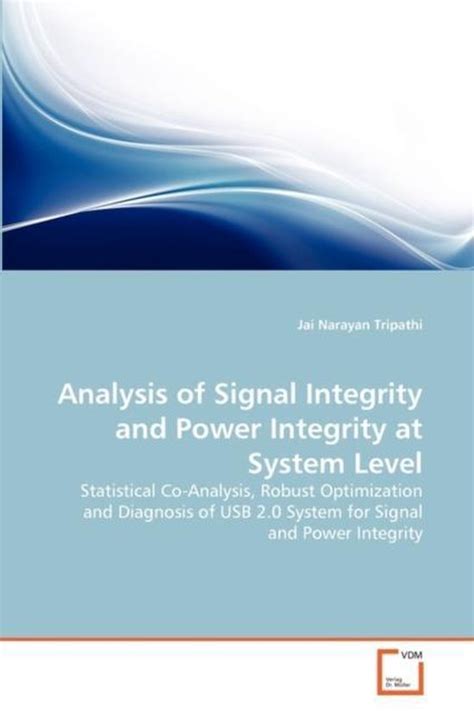
Signal and Power Integrity Fundamentals on High Speed
Introduction to Signal and Power Integrity In the world of high-speed electronics, signal and power integrity (SPI) play a crucial role in ensuring the proper[…]
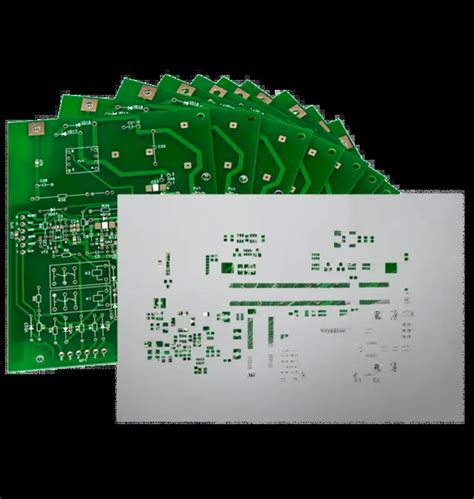
The Definitive Guide to PCB Stencil: Everything You Need to Know
What is a PCB Stencil? A PCB (Printed Circuit Board) stencil is a thin sheet of metal, usually stainless steel, with laser-cut openings that correspond[…]
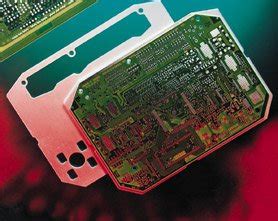
The Essential Guide to PCB Heatsink Design and Selection
Introduction to PCB Heatsinks In the world of electronics, heat management is a crucial aspect of designing reliable and efficient printed circuit boards (PCBs). As[…]
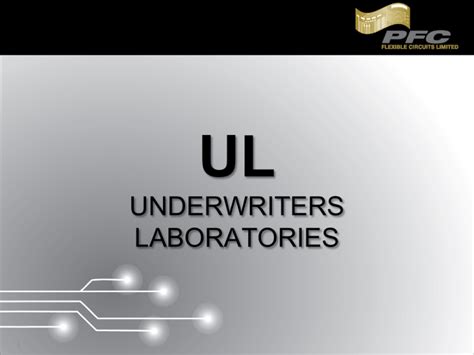
What About Underwriters Laboratory (UL)?
History of Underwriters Laboratory The story of Underwriters Laboratory begins in the late 19th century when electricity was becoming more widely used in homes and[…]
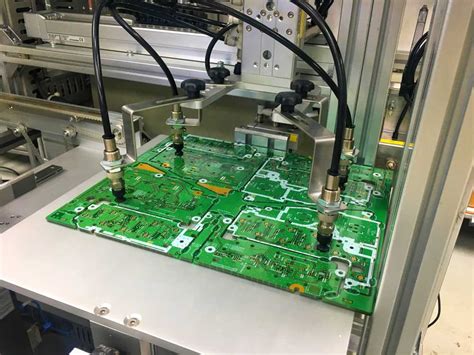
PCB Milling – How To Make(Helpful)
What is PCB Milling? PCB milling is a subtractive manufacturing process that involves using a computer-controlled milling machine to remove copper from a blank PCB[…]
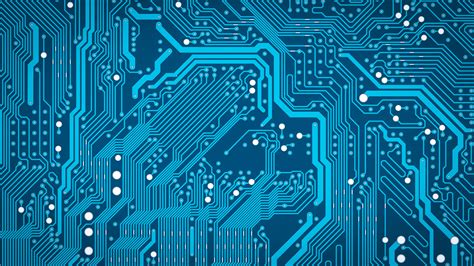
Strategies on Designing PCB Layout
Understanding the Basics of PCB Layout Design Before diving into specific strategies, it’s crucial to grasp the fundamentals of PCB layout design. A PCB, or[…]

The Benefits of The 4 Layer PCB Boards
Introduction to PCB Benefits Printed Circuit Boards (PCBs) are the backbone of modern electronics. They provide a reliable and efficient means of connecting electronic components[…]

Drilled Holes in the PCB – all you need to know to avoid surprises.
Introduction to PCB Drilled Holes Printed Circuit Boards (PCBs) are essential components in electronic devices, serving as the foundation for mounting and interconnecting electronic components.[…]

Double-Sided PCB Types and Manufacturing
Introduction to Double-Sided PCBs Double-sided PCBs, also known as two-layer PCBs, are printed circuit boards that have conductive copper layers on both sides of the[…]

Multilayer Pool – The Most Comprehensive Lead You To Know PCB Layers
Introduction to Multilayer PCB A multilayer PCB, also known as a multilayer printed circuit board, is a complex and advanced type of circuit board that[…]